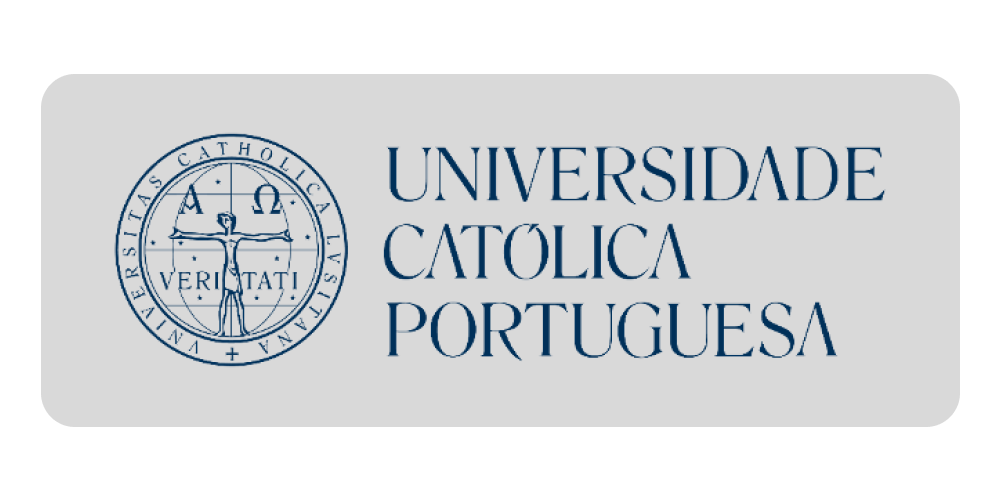Department for Croatian studies, Faculty of Philosophy, University of Rijeka
ON THE LANGUAGE OF THE OLDEST CROATIAN ETIQUETTE BOOK
2016
Croatian
Autor raščlanjuje jezik najstarijega hrvatskog bontona nazvanog Regule roditelov i drugeh starešeh i Regule dvorjanstva, prevedenog i prilagođenog teksta iz, vjerojatno, više predložaka onodobnih europskih bontona, koji je bio dio knjige Duhovno zercalo iz 1742. i integralni dio katehetskoga priručnika Škola Kristuševa iz 1744. godine. Najstariji hrvatski bonton napisao je najplodniji kajkavski pisac 18. stoljeća, isusovac Juraj Mulih (1694. – 1754.). Analizirani tekst pokazuje pripadnost kajkavskome hrvatskome književnom jeziku na svim jezičnim razinama. Autor rijetko poseže za fonološkim i morfološkim instrumentarijem tipičnijim za štokavsko-čakavske tekstove u odnosu na ranije kajkavske pisce, primjerice Vramca, Pergošića ili Habdelića. Rezultati ovdje iznesene jezične analize u perspektivi će pomoći onim istraživačima koji sumnjaju u autorstvo pojedinih Mulihovih djela. Da bi se sve sumnje otklonile, potrebno je najprije istražiti jezik, ili barem fonološko-morfološke osobitosti, potpisanih Mulihovih djela za koja znamo da pripadaju njemu, a tek onda valja pristupiti jezičnoj analizi spornih (više ili manje) djela koja se pripisuju Mulihu.The author analyzes the language of the oldest Croatian etiquette text called Regule roditelov i drugeh starešeh and Regule dvorjanstva, a text translated and adapted from, probably, several templates of the contemporary European etiquette books, which was part of the book Duhovno zercalo published in 1742, and an integral part of the catechetical manual Škola Kristuševa, published in 1744. The oldest Croatian etiquette book was written by the most prolific Kajkavian writer of the 18th century, a Jesuit Juraj Mulih (1694–1754). Mulih studied in Trnava; from 1727 until his death he worked as a popular missionary in northern and central Croatia and among Croats in Hungary (usually based in Zagreb, then in Požega, Varaždin, Soprony, Pecs and Petrovaradin). He visited several towns and parishes on the so-called penitential mission. He wrote more than thirty works of spiritual content (catechisms, prayer books, hymn books and manuals for various confraternities) in three dialects – Kajkavian, Štokavian Ikavian and Čakavian (the Burgenland Croats). He was the author of the first Croatian etiquette book (Regule dvorjanstva) and the first Kajkavian primer (Abecevica, 1746). His major works include: Business Apostolic (1742), School of Christ (1744), Heavenly Food (1748), Spiritual Easter Egg (1754). The analyzed text shows faithfulness to the Kajkavian Croatian language on all linguistic levels. In comparison to the earlier Kajkavian writers, such as Vramec, Pergošić or Habdelić, the author rarely reaches for phonological and morphological instruments more typical of Štokavian-Čakavian texts. The results of the literary linguistic analysis presented here will help those researchers who question the authorship of some of Mulih’s works. To remove any doubt, it is necessary to first examine the language, or at least the phonological and morphological characteristics, of the works signed by Mulih, for which it has been confirmed that they were written by him. Only then should the linguistic analysis of the (more or less) disputed works attributed to Mulih be conducted
Department for Croatian studies, Faculty of Philosophy, University of Rijeka
ON THE LANGUAGE OF THE OLDEST CROATIAN ETIQUETTE BOOK
Autor raščlanjuje jezik najstarijega hrvatskog bontona nazvanog Regule roditelov i drugeh starešeh i Regule dvorjanstva, prevedenog i prilagođenog teksta iz, vjerojatno, više predložaka onodobnih europskih bontona, koji je bio dio knjige Duhovno zercalo iz 1742. i integralni dio katehetskoga priručnika Škola Kristuševa iz 1744. godine. Najstariji hrvatski bonton napisao je najplodniji kajkavski pisac 18. stoljeća, isusovac Juraj Mulih (1694. – 1754.). Analizirani tekst pokazuje pripadnost kajkavskome...
Preuzmite dokument
Croatian
2016
 Boris Kuzmić
Boris Kuzmić






